Up Next

Formula 1 has long had a problem that will, one day, create a massive accident and leave everyone scratching their heads wondering why something wasn’t done earlier to prevent it. That’s the mobile chicanes caused by drivers going slowly while others are on flying laps, especially in qualifying.
It doesn’t get much better even when there are only a few cars in Q3. Actually, it seems to get worse as everyone is trying hard to get into a position to benefit from any track evolution right at the end.
This is more of a problem at some circuits than others and it’s dependent on configuration. But it’s always there and we regularly hear drivers complaining about other cars getting in the way. We saw how serious this problem is in Friday practice in Australia when the GPS went down, which meant drivers couldn’t be warned about cars bearing down on them and caused several near-misses.
It was also more complicated in Australia given the tyres could give you multiple flying laps in qualifying, so we were seeing drivers doing slow-lap, fast-lap sequences and in many cases also including second slow preparation laps to get the tyres into the ideal temperature window.
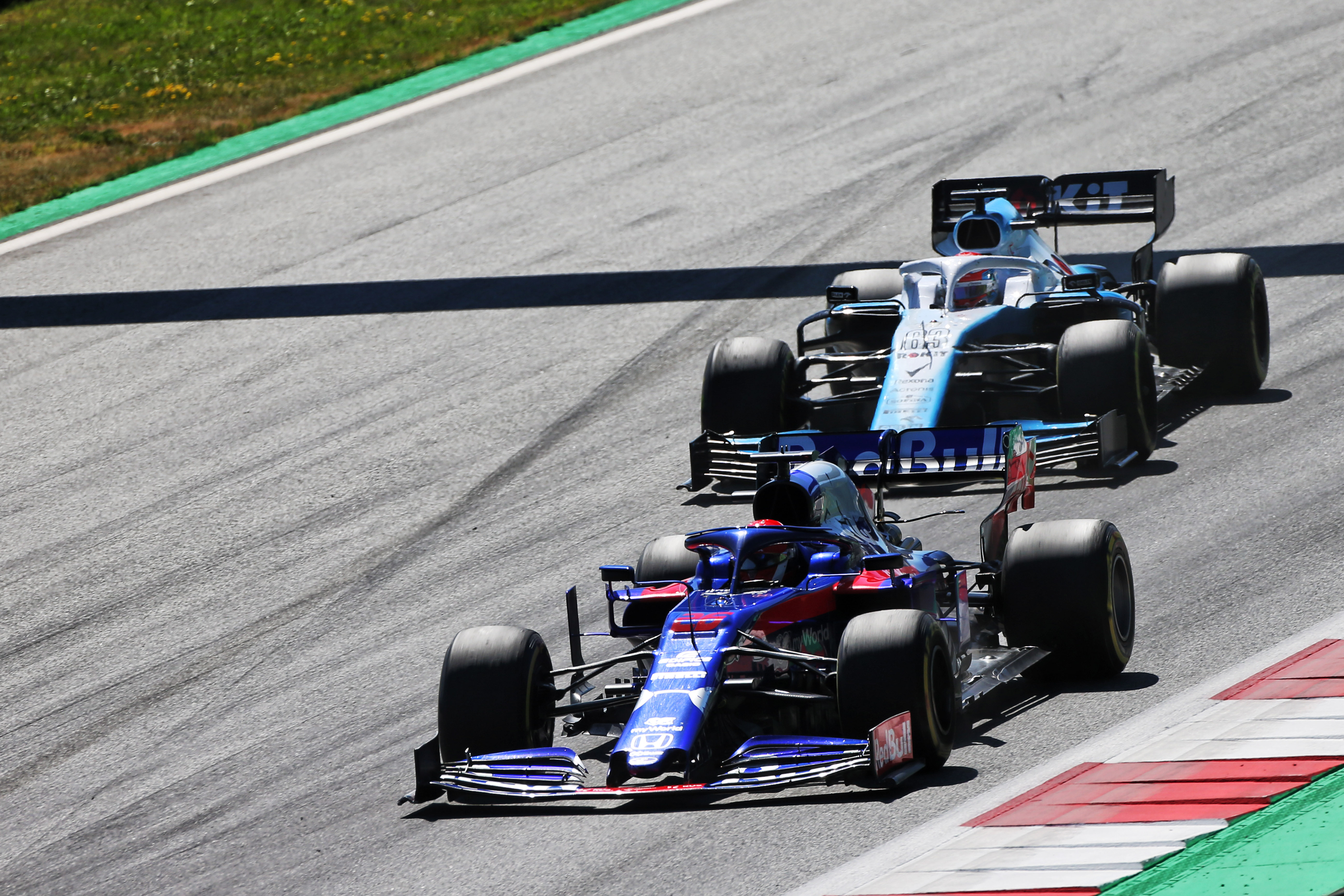
We have yet to see the kind of crash that’s inevitable, but it’s only a matter of time. Probably the closest F1 has come was at the end of Q1 for the 2019 Austrian Grand Prix where Daniil Kvyat was on a quick lap in the penultimate corner and ran wide because George Russell’s Williams was crawling around in a queue behind Alex Albon’s Toro Rosso and Kimi Raikkonen’s Alfa Romeo, all of them looking for the best start to a push lap. The speed differential was enormous and Kvyat’s car could have easily been launched into a massive accident.
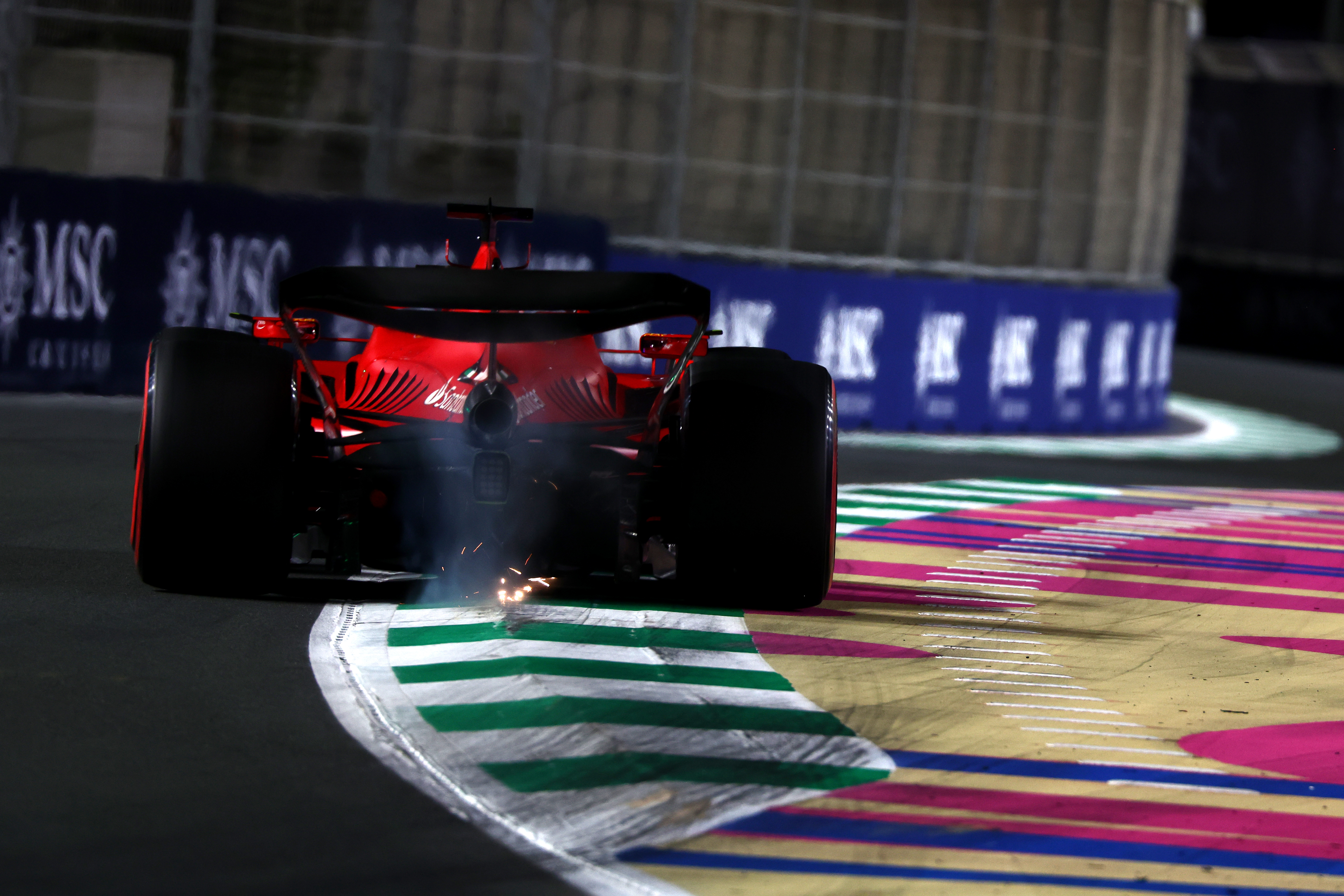
With new circuits like Jeddah in Saudi Arabia coming on board with its blind, high-speed corners, the problem is only going to get worse.
Such situations need to be eliminated and the solution is straightforward with the technology already available. The FIA introduced a maximum laptime that the drivers had to comply with, but controlling it over the whole lap is too big a window. Instead, a system that keeps drivers below a maximum acceptable time around the lap is what is required so that cars can’t crawl at very slow speeds at any point by ‘getting ahead’ on time early in the lap.
You can simply take the three sector times and add a percentage onto each of them to create a ceiling for how long you can take to complete them. You can then tailor this percentage for each circuit however you want – it can even be altered session to session or sector to sector.
Every driver has their delta time displayed on the dash of their steering wheel. It shows them where they are compared to their fastest lap, so all it needs is to be programmed to show out laps, cooling laps, recharge laps and in laps. They could also be coloured, so green means you are within the required percentage, yellow you are near the percentage and red you need to get a hurry on.
Taking Austria qualifying from last year as an example, the average sector times in qualifying of the 10 cars were as follows:
| Actual | +10% | +15% | +20% | |
| Sector 1 | 16.643s | 18.307s | 19.139s | 19.976s |
| Sector 2 | 29.217s | 32.139s | 33.599s | 35.060s |
| Sector 3 | 19.914s | 21.905s | 22.901s | 23.897s |
On an out-lap, sector one would be timed from the pit exit or pit limiter-off line. On a recharge lap or cool-down lap, it would be as normal from the start line to the end of sector one. The second and third sectors would be normal and if you didn’t comply in sector one or sector two then you have to come into the pits at the end of that lap and, as a time penalty, the car has to be taken into the garage.
If you didn’t comply in sector three the lap you are just starting wouldn’t be timed and you will have to comply with the maximum section times on the next lap before you can start a new timed lap. If there was a yellow flag or an incident, allowances can be made if a driver has to go slower than they need to in that section to comply.
But let’s make sure it is not too complicated. If you have to slow for a yellow flag or to let faster cars through and it means you can’t comply with the maximum sector time for sectors one or two, then as long as you can comply in sector three and you comply over the complete lap then you’re good to go.
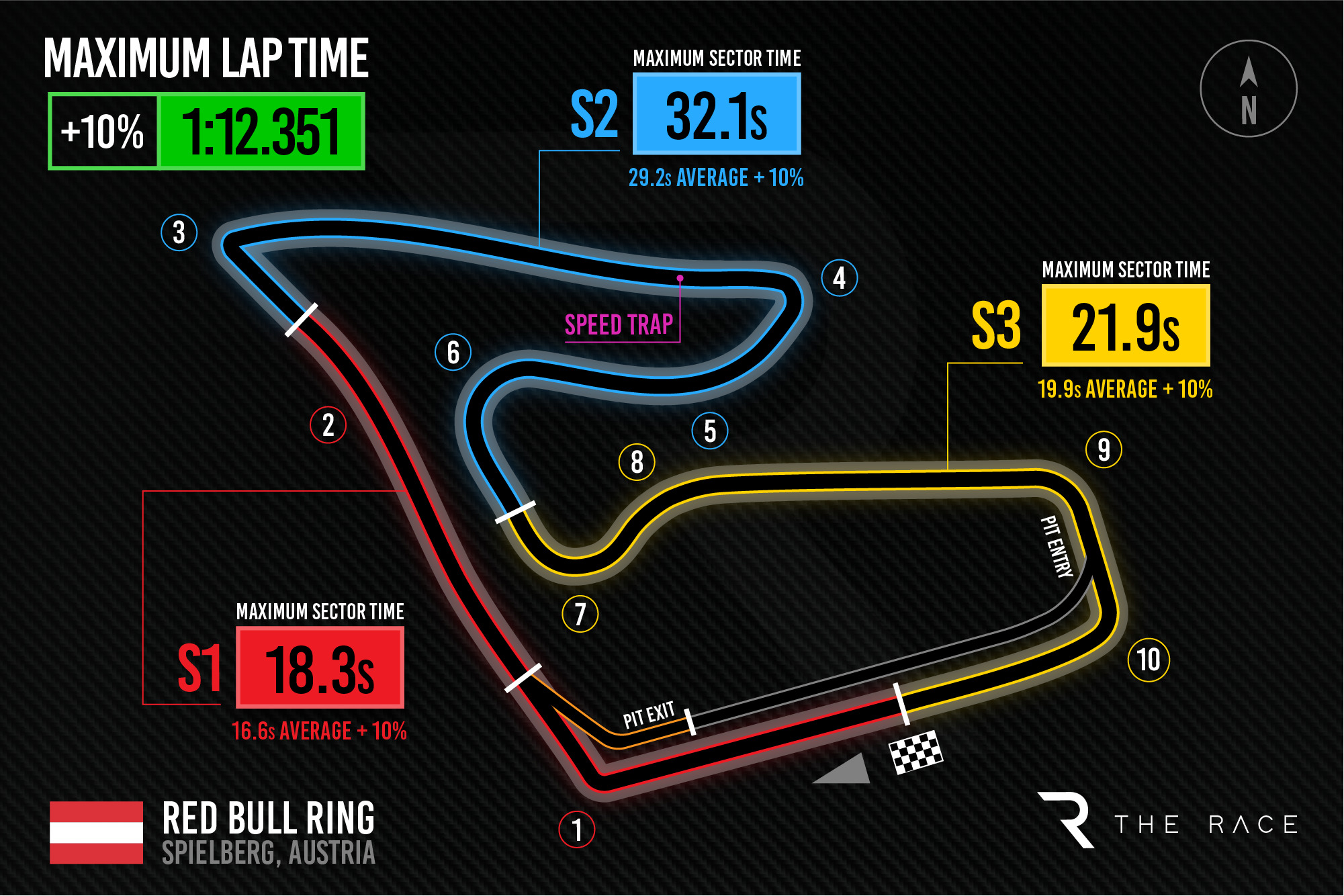
If it was down to me, I would add 15% to each of those sector times for all free practice sessions, then reduce it to 10% (example above) for qualifying. These times can evolve as the weekend progresses based on car pace and there is scope for changing the percentage limits based on track configuration and how things play out when the system is adopted.
The important thing is to get a system in place, understand its shortcomings, rectify them and then implement it as soon as everyone or at least the majority are happy with the outcome.
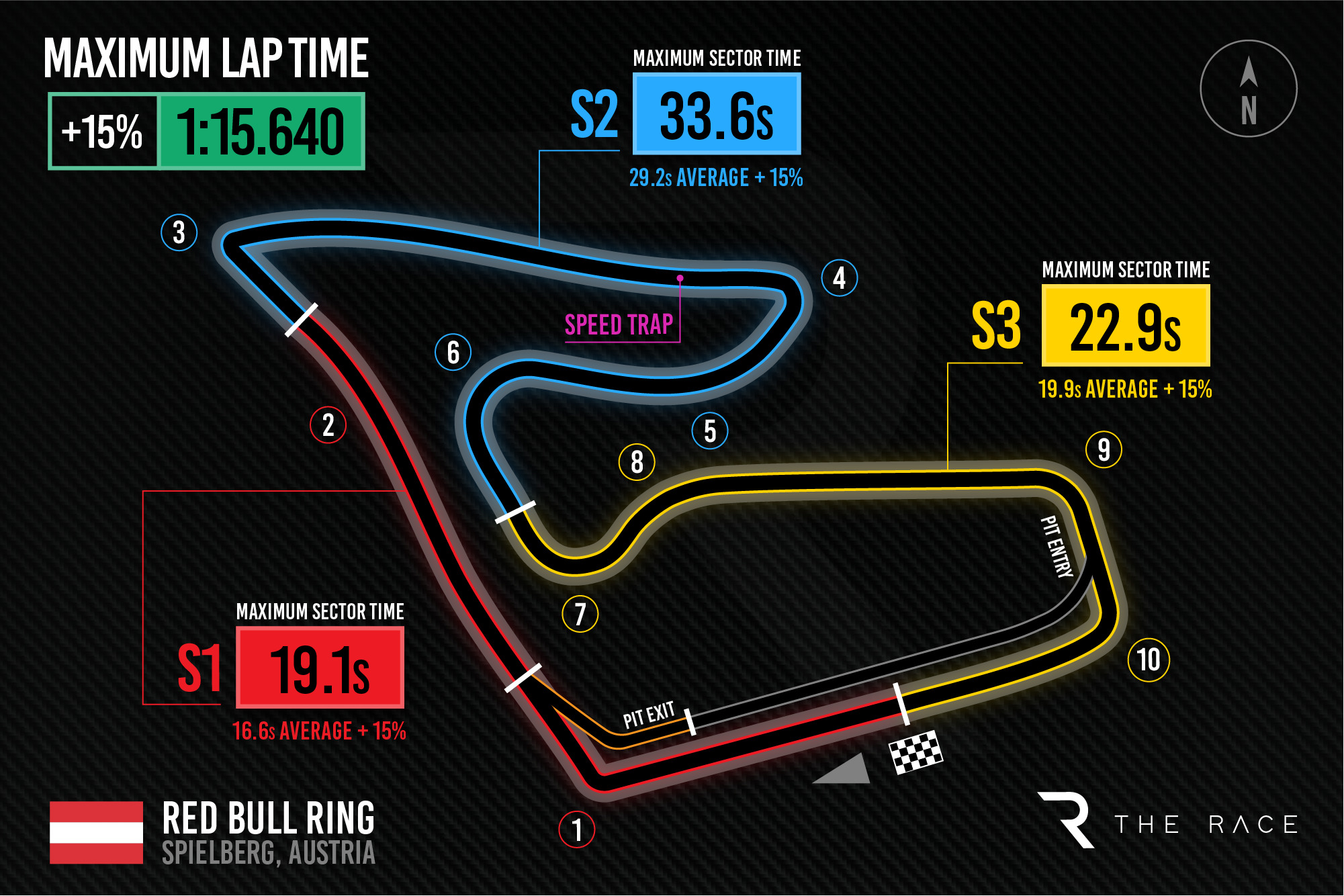
If we just look at the overall laptime at the Red Bull Ring with the added 15% (above), the delta is 9.866 seconds. That’s enough of a difference to cover anyone that is on a high fuel run as their loss percentage-wise would be equally split around the lap, but still tight enough time-wise to not be able to doodle around in any of the sections.
This will make it safer for the drivers and better for the spectators because right now there are cars that are as good as stopped all over the place but especially in the final sector in Austria. Eventually someone is going to get hurt.
You can argue that this will mean the tyre preparation isn’t perfect, but it will be exactly the same for everyone so the opportunity is still the same. You just need to plan your lap from when you exit the pits, which could actually be easier because you know that no other car is going to be pootling around to disrupt your preparation.
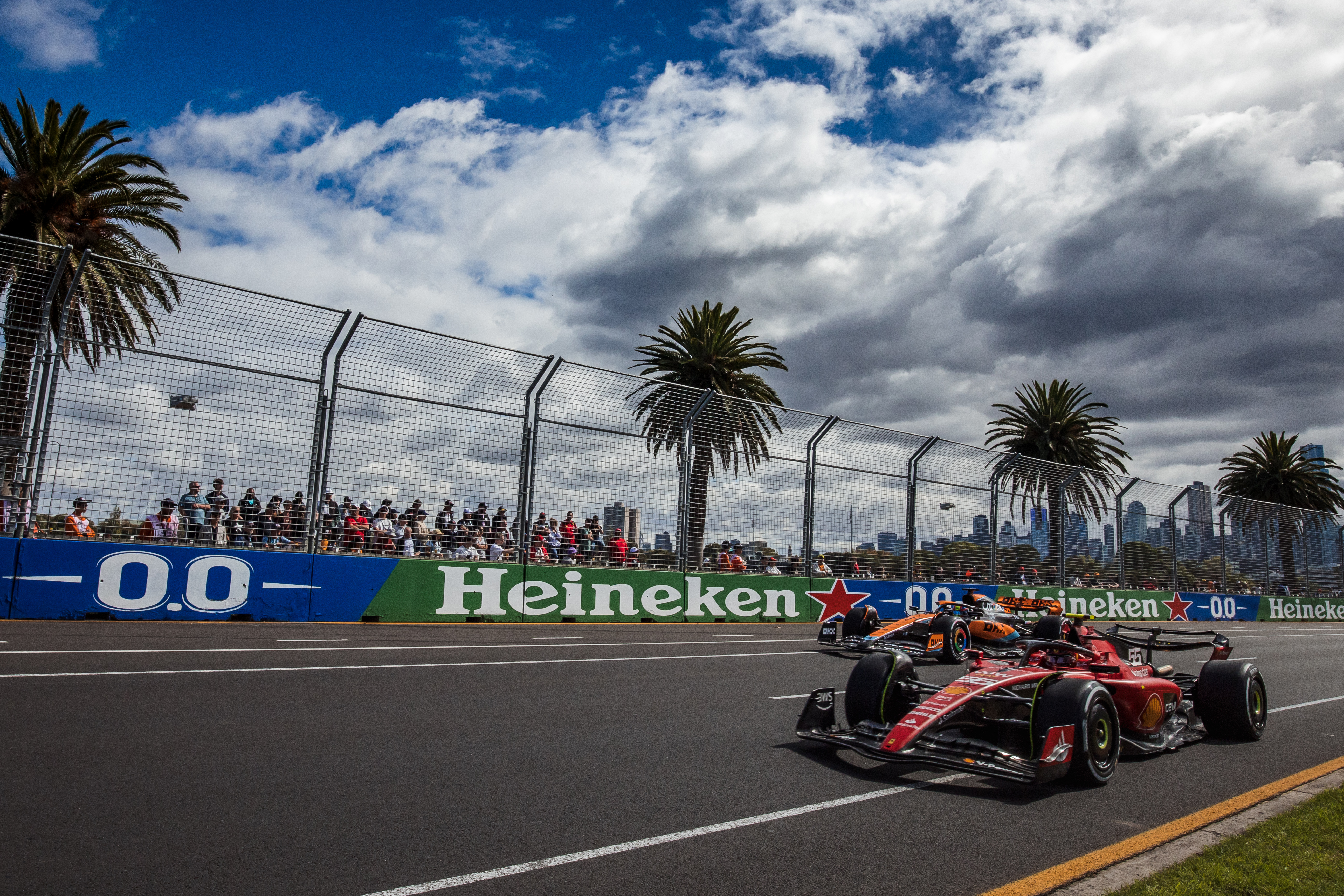
This problem could also be tackled by making the tyres less temperature sensitive and perhaps that will happen if the tyre blanket ban goes through in 2024. But that looks unlikely right now and, even then, there will always be some advantage in optimising the tyre preparation. And even if it involves a car crawling through the last sector at 5mph, you can bet a team will discover it and do it, so having the pace maximum for each section of the track in place is logical.
Qualifying is supposed to be about the best drivers being on the edge, but too often in recent years it has been impacted far too much by slow cars getting in the way. Short of reintroducing one-shot qualifying so there is no traffic, this is the most effective way to solve the problem.





